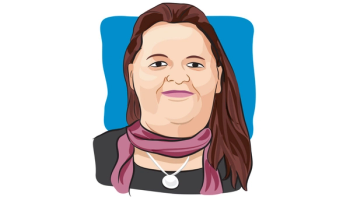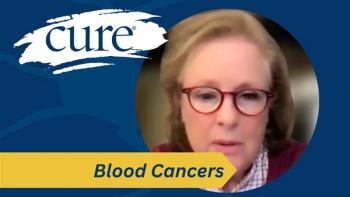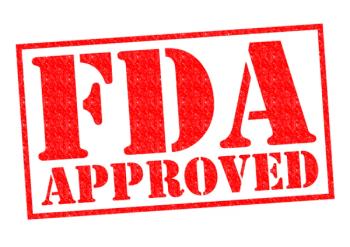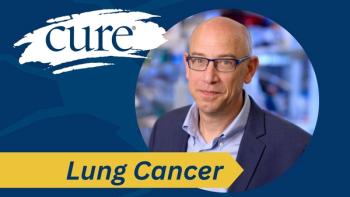
Uniting Pediatric and Adult Oncologists to Advance AYA Lymphoma Care
Dr. Andrew M. Evens discusses some of the recent research advancements in AYA lymphoma care that have emerged through clinical trials and initiatives.
Pediatric and adult oncology groups have recently united to align treatment approaches for adolescents and young adults (AYA) with lymphoma, aiming to maximize cure rates while minimizing long-term side effects, according to Dr. Andrew M. Evens, the deputy director for clinical services at Rutgers Cancer Institute of New Jersey and the associate vice chancellor of Clinical Innovation & Data Analytics at Rutgers Health.
To further delve into this topic, Evens sat down for an interview with CURE, in which, he discussed some of the most significant research advancements in AYA lymphoma care that have emerged through recent clinical trials and initiatives.
Evens also serves as the system director of medical oncology, oncology lead for RWJBarnabas-Rutgers Medical Group, RWJBarnabas Health, and is a professor of medicine at Rutgers Robert Wood Johnson Medical School, all located in New Brunswick, New Jersey
Transcript:
There have been some important breakthroughs just even in the last 12 months for the treatment of patients with AYA lymphoma. I had alluded to the historical differences in how pediatric oncologists and adult oncologists might affect or treat that 25-year-old patient with, let's say, Hodgkin lymphoma very differently, meaning what type of chemotherapy, how many cycles, and the role of radiation.
Our goal in treating every patient, and certainly young patients, is, of course, cure at the highest possible rate. But goal two is to achieve that cure with the least amount of side effects as possible. When I say side effects, I mean not just during treatment, but sometimes the chemotherapy and radiation we give can have late-term consequences five, 10, 20 or 30 years down the road.
We're always thinking about all of that; we want to design the treatment that will maximize cure and minimize side effects or any toxicity. The great news is that starting about six, seven, maybe even now eight years ago, the pediatric lymphoma leaders and groups in North America, particularly the United States and Canada, came together with the adult oncology groups in the United States and Canada and just started meeting, talking, and trying to say, "Well, we're not that far apart. How can we not just come together but potentially approach and treat patients the same way?" The way we often do that is, yes, meeting in a room or on Zoom, but often how we advance cancer care, find more cures, and decrease side effects is through clinical trials, as I had mentioned.
Transcript has been edited for clarity and conciseness.
For more news on cancer updates, research and education, don’t forget to





